Solar farms are fenced to keep out humans and wildlife big enough to damage equipment, but some solar developers are fencing their projects in a way that allows smaller wildlife to enter the site to forage, pursue prey, or just get to the other side.
Birdseye Renewable Energy in Tennessee was the first to use 12.5 gauge fixed knot galvanized deer fence installed “upside down” to let smaller wildlife pass through. This type of fence is commonly installed with the smaller openings at the bottom, to keep out little critters, but foxes and other small wildlife can hop right through when the fence is installed with the smaller openings at the top and the larger ones at the bottom, as shown in this photo of Birdseye’s 1 MW solar project in Phipps Bend, Tennessee:
The idea then spread to North Carolina, where Pine Gate Renewables also installed the same type of fencing upside down; a motion-activated camera photographed the gray fox shown above at its 2.32 MW DC project in Moore County. The North Carolina Pollinator Conservation Alliance has been talking with solar developers to advocate such wildlife-friendly fencing, says Liz Kalies, director of science with the North Carolina chapter of The Nature Conservancy.
Kalies used motion-activated cameras to capture these photos of four other species that appreciate Birdseye’s wildlife-friendly fencing.
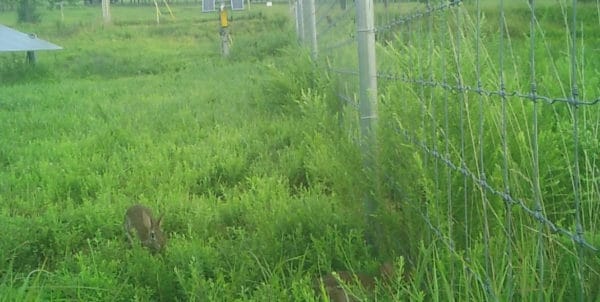
Two rabbits inside the fence
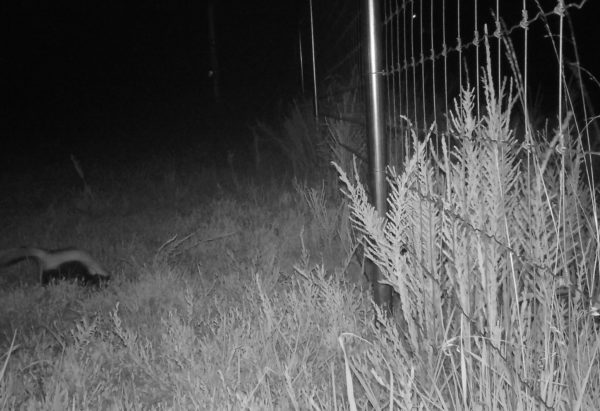
A skunk inside the fence
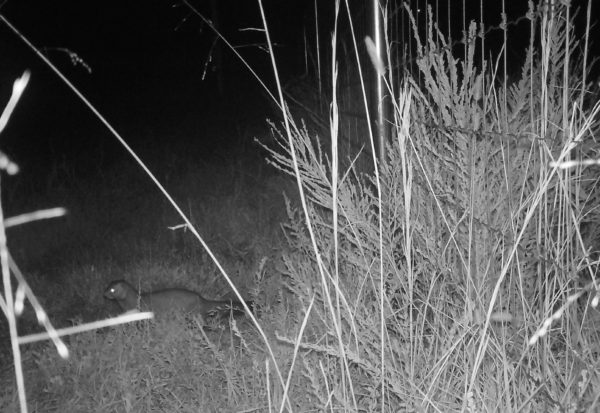
A mink inside the fence
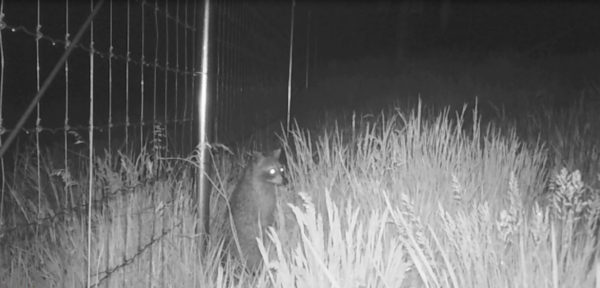
A raccoon inside the fence
And here’s another photo showing the larger fence openings at the bottom, and the smaller ones at the top, from Pine Gate Renewables’ 1.88 MW DC project in Wake County, North Carolina (also showing pollinator vegetation).
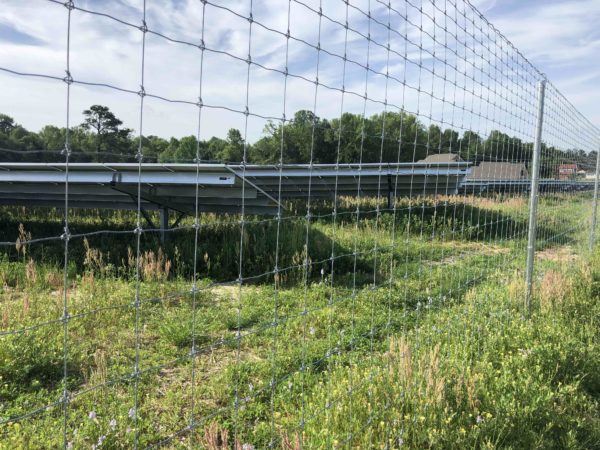
Kalies has some more ideas for solar developers looking to further improve their facilities for wildlife: plant native vegetation, reduce mowing, include native shrubs and trees outside the facility, and install nesting features such as bird and bat boxes. The Nature Conservancy is also working with developers of larger facilities, Kalies said, to incorporate wildlife passageways that permit larger animals such as deer and bears to pass through to the far side, thus connecting ecosystems. Perhaps a new term will come into vogue: “eco-voltaic” solar farms.
This content is protected by copyright and may not be reused. If you want to cooperate with us and would like to reuse some of our content, please contact: editors@pv-magazine.com.

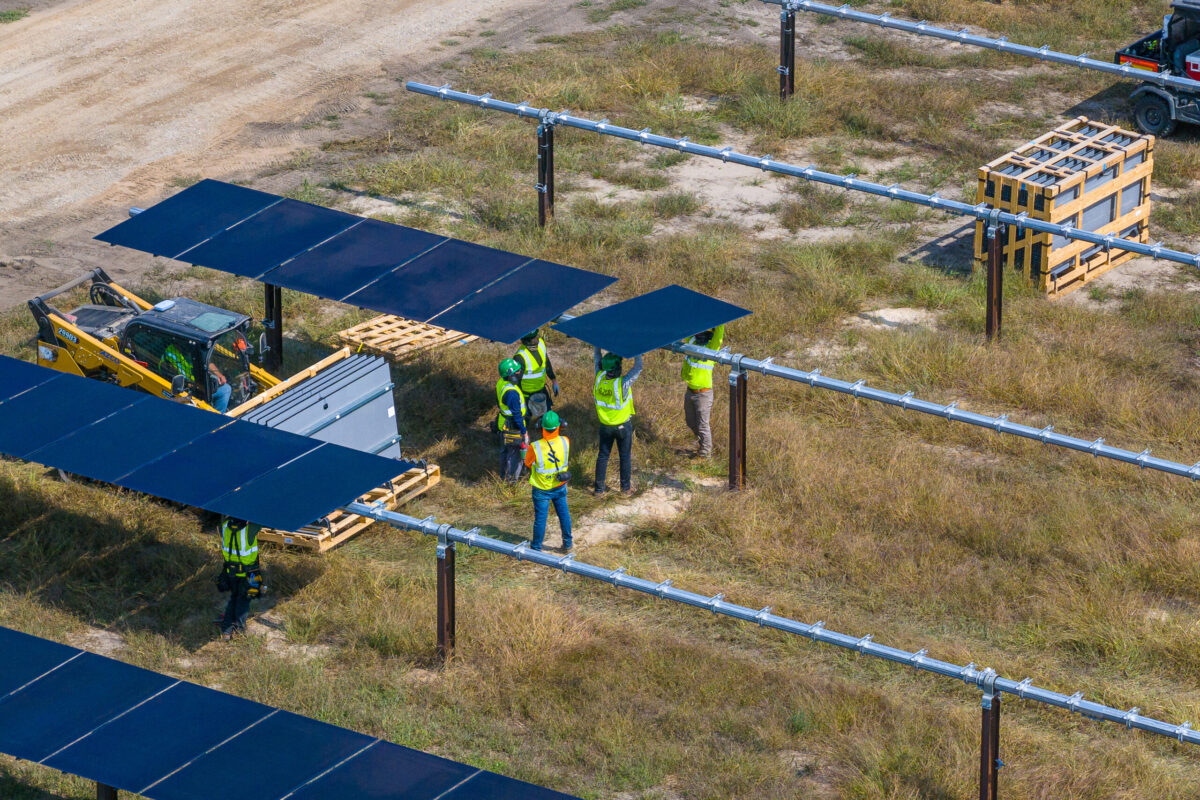






Thanks for sharing a story both light-hearted and pragmatic. Love it!